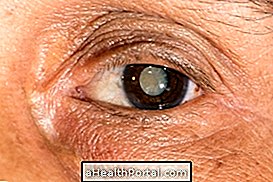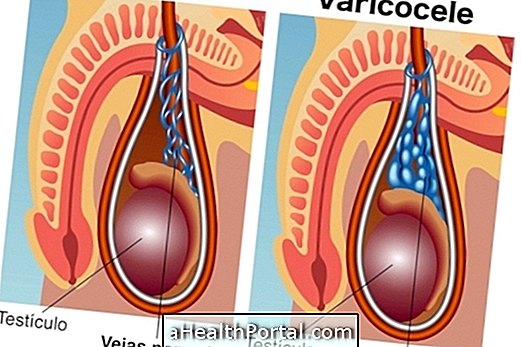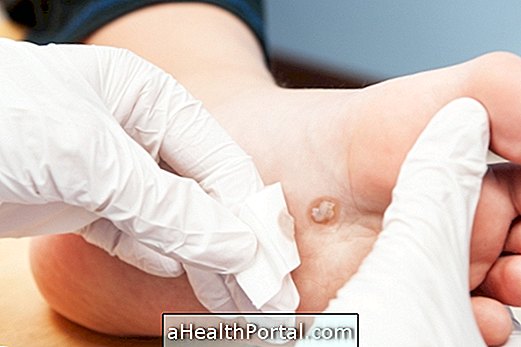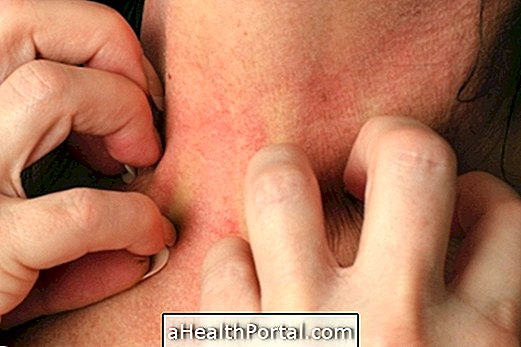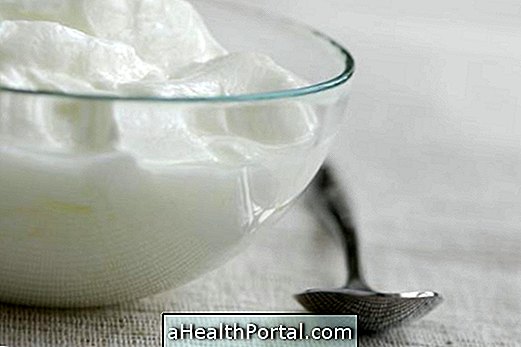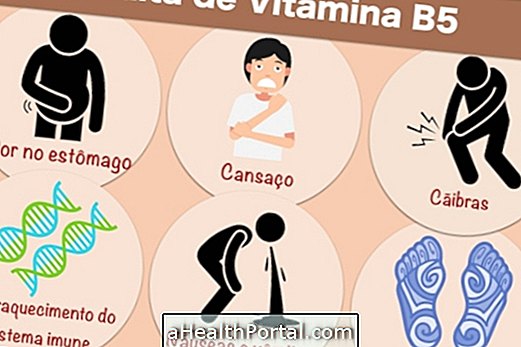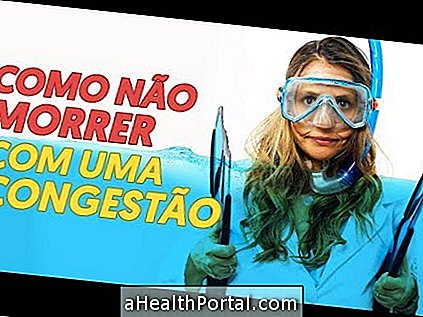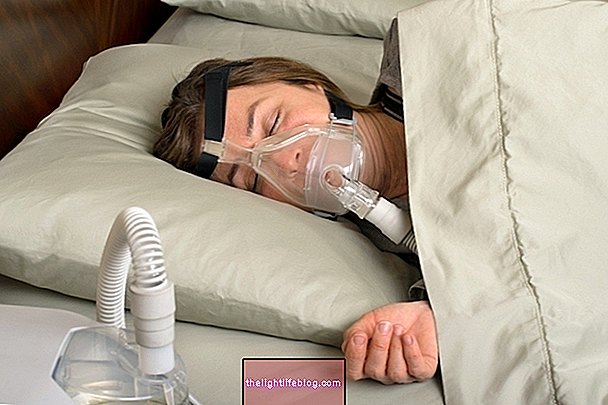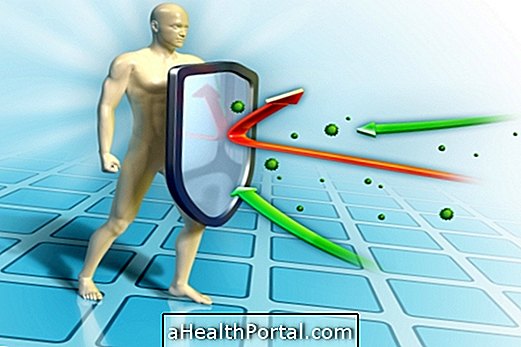Mini-stroke, also known as transient ischemic attack or transient stroke, is a stroke-like disorder that causes an interruption in the passage of blood to an area of the brain, usually due to the formation of a clot.
However, unlike stroke, in this case, the problem only lasts a few minutes and disappears alone, without leaving permanent sequelae.
Although it is less severe, the mini-stroke can be a sign that the body is producing clots easily and therefore often appears a few months before a stroke, so it is recommended to take care to prevent this from happening.

Main symptoms
The symptoms of mini-stroke are very similar to the first signs of a stroke and include:
- Paralysis and tingling on one side of the face;
- Weakness and tingling in the arm and leg on one side of the body;
- Difficulty in speaking clearly;
- Blurred or double vision;
- Dizziness and loss of balance.
These symptoms are more intense for a few minutes but disappear completely until about 1 hour after the onset.
Anyway, it is advisable to go to the hospital immediately or call an ambulance, calling 192, to identify the problem, since these symptoms may also indicate a stroke, which needs to be treated as soon as possible.
See other stroke symptoms that may also happen during a mini-stroke.
Can you leave sequels?
In most cases, the mini-stroke does not leave any permanent sequelae, such as difficulty speaking, walking or eating, for example, because interruption of the blood flow is a short time, and severe brain lesions rarely occur .
However, depending on the severity, duration, and location of the affected brain, some people may have some less severe sequelae than a stroke.
How is the treatment done?
Generally, it is not necessary to treat the mini-AVC because the clot is removed naturally by the body, however, it is still advised to go to the hospital to confirm the diagnosis and rule out the possibility that it is a stroke.
After the mini-stroke there is a greater risk of having a stroke, so your doctor may indicate some type of treatment to prevent it from happening, including:
- Antiplatelet medicines, such as Aspirin: decrease the ability of platelets to stick together, preventing clots from appearing, especially when a skin wound occurs;
- Anticoagulant remedies, such as warfarin: affect some blood proteins, making it thinner and less likely to form clots that can lead to a stroke;
- Surgery : is used when the carotid artery is very narrow and helps to dilate the vessel more, preventing the accumulation of fat on its walls interrupt the passage of blood;
To choose the best form of treatment, the doctor may order several diagnostic tests, such as ultrasound or CT scan, for example, to assess what is leading to the appearance of clots.
In addition, it is important that after the mini-stroke you adopt healthy habits that help reduce the risk of clot formation such as not smoking, do 30 minutes of exercise 3 times a week and have a balanced diet.
Get to know other tips that help reduce the chances of having a stroke or heart attack.

